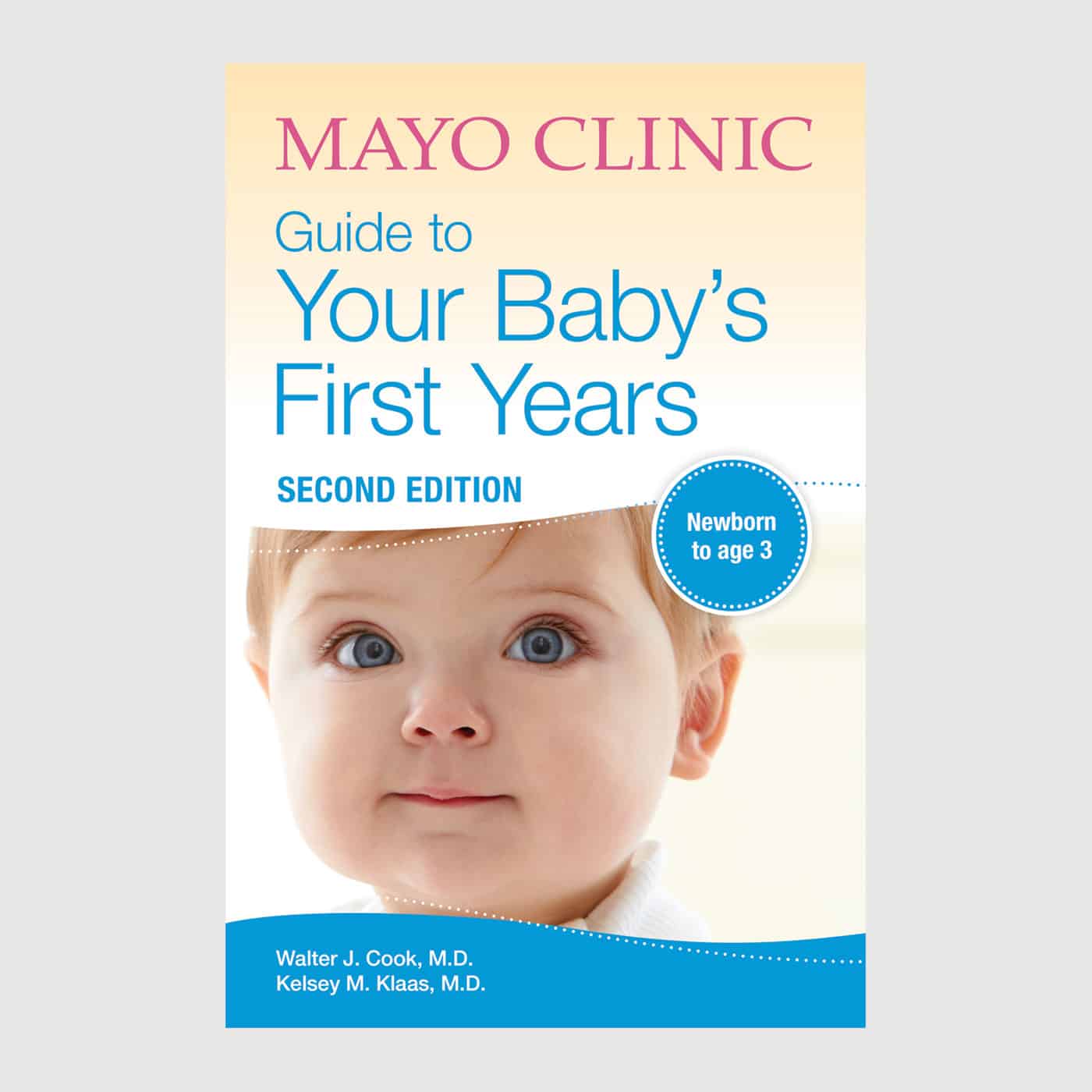
Mayo Clinic does not endorse companies or products. Advertising revenue supports our not-for-profit mission.
Primary biliary cholangitis (PBC) is an autoimmune disease that damages the small bile ducts of the liver. PBC progression varies — some people have many years with no problems, while others have complications such as itching or tissue swelling, called edema. However, with appropriate treatment, PBC can usually be managed for many years or decades.
How do people get PBC?
No one knows the exact cause of PBC. Most likely, it’s a combination of genetic makeup and an autoimmune triggering event, such as coming in contact with a chemical, an allergen, a virus or a medicine. The triggering event is different for each person.
Symptoms of PBC
Many people with PBC have no symptoms before being diagnosed during a routine health exam. After a diagnosis, many people still have no symptoms for years. When symptoms of PBC arise, your healthcare team can help you manage your symptoms and maintain your quality of life.
Common early symptoms of PBC include fatigue and dry eyes and mouth. In addition, many people with PBC have constant itching, especially on the palms of their hands and the soles of their feet. Some people with PBC have itching everywhere. If you have this symptom, treating it is essential for your mood, sleep and social functioning.
As the disease progresses, symptoms may include:
- Jaundice. This can be seen as a yellowing of the skin and eyes.
- Abdominal pain. Of people with PBC, 17% report pain in the upper right area of the abdomen that disappears naturally.
- Hyperpigmentation. Skin can develop a blotchy, darker-toned appearance that’s not related to sun exposure.
- Ascites. This excess fluid in the abdomen only occurs in advanced disease and relates to cirrhosis.
- Edema. This tissue swelling often occurs around the ankles, generally only when an individual has cirrhosis.
- Xanthomas. These waxy bumps most often appear on the eye’s upper and lower lids or in creases of the palms, soles, elbows or knees.
What happens when you have PBC
PBC is a disease that affects the bile ducts — tubes that transport bile from the liver or gallbladder to the small intestines. For many people, PBC progresses slowly, often over decades. For others, it may happen more quickly. Either way, the progression of the disease follows a fairly consistent pattern:
- Small bile ducts and the tissues around them become inflamed.
- When the inflammation worsens and injures the bile ducts, scar tissue forms and starts to block the bile ducts.
- As the scar tissue accumulates, it’s harder for the liver to work effectively.
- The scar tissue and inflammation lead to cirrhosis — a serious condition in which scar tissue affects blood flow through the liver.
It’s critical to get appropriate treatment immediately after diagnosis and to schedule regular appointments with your healthcare team to manage the disease.
People with PBC are at risk of other conditions
Like many autoimmune diseases, having PBC increases your risk of having other diseases or conditions, such as:
- Metabolic bone diseases. People with PBC have an increased risk of fractures, osteoporosis and osteopenia. For people with PBC, severe slowing or stopping of the bile flow through the body, called cholestasis, is a major risk factor for developing osteoporosis. Postmenopausal women are particularly at risk, as well.
- Undesirable cholesterol levels. In the late stages of PBC, there is often a dramatic elevation in high-density lipoprotein (HDL) cholesterol, or “good” cholesterol. Dramatic elevations in low-density lipoprotein (LDL) cholesterol, or “bad” cholesterol, are less common. Increased LDL can contribute to the artery-clogging process of atherosclerosis throughout the body, including in arteries that supply the heart with blood.
- Sicca syndrome. Common in people with PBC, sicca syndrome is associated with symptoms such as dry eyes, dry mouth, dental cavities, vaginal dryness, fatigue, weakness, vasculitis, Raynaud’s phenomenon, or pain in the hands and feet.
- Inflammatory arthritis. Around 15% of people with PBC experience joint aches and joint inflammation.
- Thyroid disease. About 25% of people with PBC also have thyroid disease. As a result, regular tests for thyroid issues are recommended.
- Celiac disease. An immune reaction to eating gluten, celiac disease is associated with people who have PBC. Getting tested for celiac disease is advised if you have PBC.
Mayo Clinic does not endorse companies or products. Advertising revenue supports our not-for-profit mission.

Relevant reading
Mayo Clinic Guide to Your Baby's First Years, Second Edition
While every baby brings their own set of challenges, Mayo Clinic Guide to Your Baby’s First Years offers informative guidance on standard child care practices such as proper nutrition and comforting a fussy baby. This revised reference guide also gives essential advice for a new generation of parents who face…




















